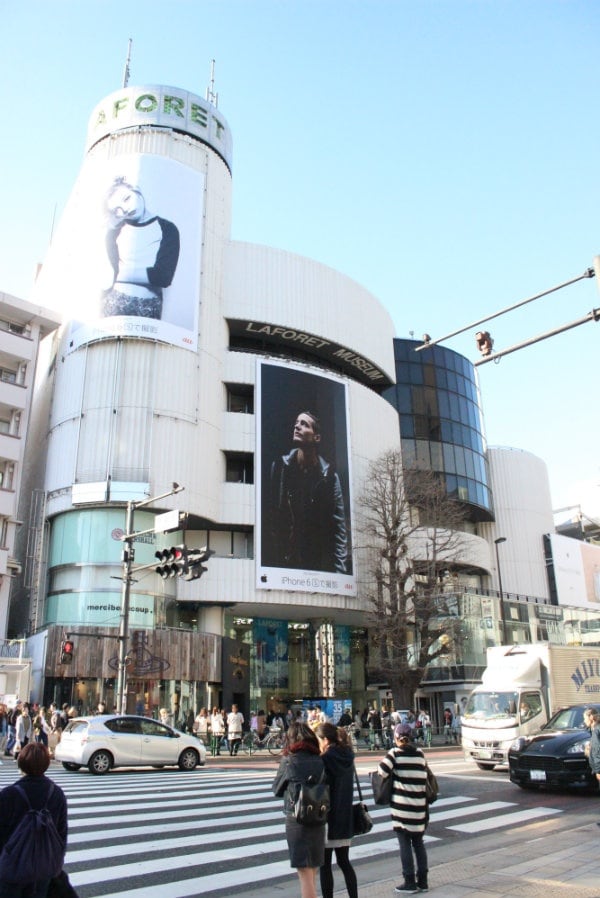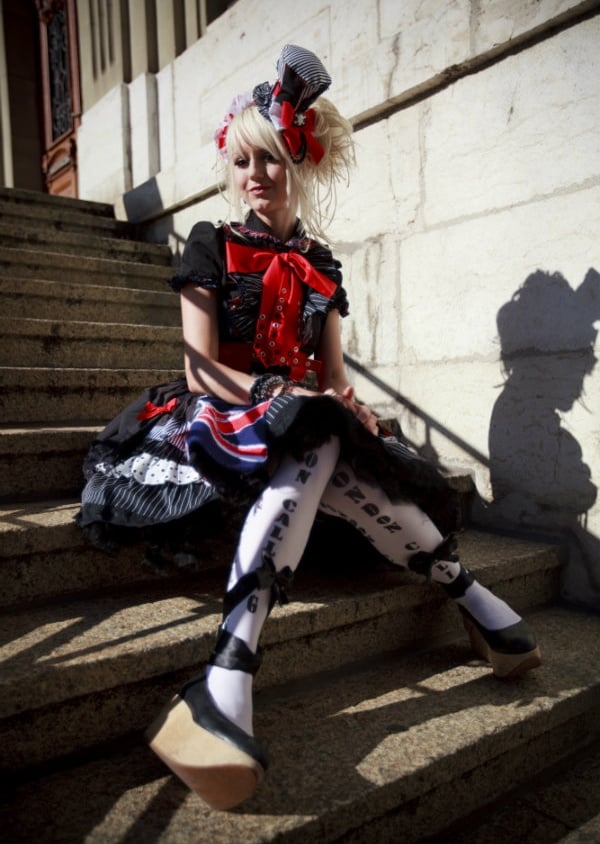Subculture Fashion in Shibuya & Harajuku
http://www.gov-online.go.jp/eng/publicity/book/hlj/html/201604/201604_04_en.html
So asserts Tomonori Matsui, former member of the Ministry of Economy, Trade, and Industry’s Cool Japan Public-Private Expert Council and famed executive general manager of PR01, which handles PR and events for numerous fashion brands in Japan and abroad.

http://www.gov-online.go.jp/eng/publicity/book/hlj/html/201604/201604_04_en.html
Shibuya and Harajuku stand as the pillars of Tokyo’s unique fashion culture. They developed into trendsetting fashion hotbeds in the '70s and '80s thanks to “mansion manufacturers”—young designers bursting with talent who created and sold clothing out of their one-room apartments, explains Matsui. From there, Harajuku gained renown as a “fashion village” where designers gathered, and out of that village came the iconic shopping complex Laforet Harajuku, which attracted numerous fashion-conscious customers.
http://www.gov-online.go.jp/eng/publicity/book/hlj/html/201604/201604_04_en.html
“[The street of] Omotesando became a veritable runway of popular self-expression,” Matsui relates. “Fashionistas swaggered about in their own special styles; their images were captured in on-location photos that were then published in magazines, and the young people who saw those photos flocked to Harajuku, and so a cycle was born.”
http://www.gov-online.go.jp/eng/publicity/book/hlj/html/201604/201604_04_en.html
Meanwhile, a distinctly different culture was being created right next door to Harajuku in Shibuya. Matsui explains the distinction between the two districts this way: “Since Shibuya boasts a lot of restaurants and schools, which are places where young people gather, the district gave birth to student-led trends focused in places such as Center Gai (a famous shopping arcade of the time). Harajuku became a tourist destination that hinged on fashion, while Shibuya evolved into a magnet for students.”

http://www.gov-online.go.jp/eng/publicity/book/hlj/html/201604/201604_04_en.html
What makes these two districts such powerhouses in shaping and creating trends? “Japan is skilled at importing Western culture and adapting it to its own,” Matsui responds. “Also, Japanese society being predominantly middle class, and the fact that these areas are relatively safe allowed people to congregate there until late into the night, accelerating the development of street cultures and allowing key personalities—people who are self-expressive and have fashion sense—to lead the fashion scene.”
Read full story: www.gov-online.go.jp




